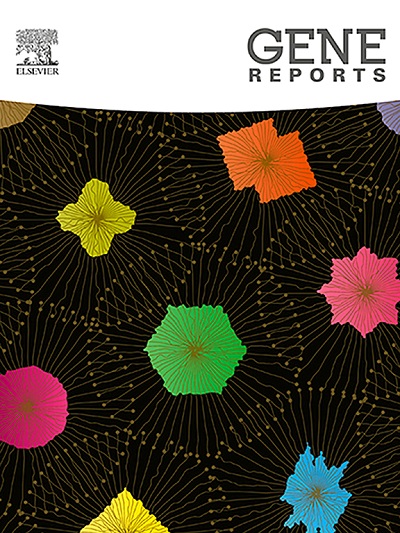Extensive mitochondrial genomic analyses reveal dynamic gene order rearrangements in the class Octocorallia (Cnidaria: Anthozoa)
IF 1
Q4 GENETICS & HEREDITY
引用次数: 0
Abstract
The class Octocorallia comprises two major clades corresponding to the orders Scleralcyonacea and Malacalcyonacea, including over 3500 species that occur in various marine habitats. Unlike other animals, octocorallians possess two unusual mitochondrial genomic characters: a mismatch repair gene (mt-mutS) common to both clades and gene order rearrangements involving inversions of protein-coding genes known only in the Scleralcyonacea. mt-mutS is considered a major driver of gene order arrangements; however, it is not clear why gene order rearrangements are restricted to the Scleralcyonacea. Here, we report 83 mitochondrial genomes of the Malacalcyonacea. Mitochondrial genome sizes range from 18 to 20 Kbp due to insertion of non-coding sequences rather than gene duplications, and genome size is strictly conserved within genera/families. We discovered four novel mitochondrial gene order rearrangement patterns in Malacalcyonacea. Evidently, mitochondrial gene order rearrangements are common to both orders in octocorals, and mt-mutS may facilitate recombination that causes these dynamic mitochondrial gene order rearrangements.
求助全文
约1分钟内获得全文
求助全文
来源期刊

Gene Reports
Biochemistry, Genetics and Molecular Biology-Genetics
CiteScore
3.30
自引率
7.70%
发文量
246
审稿时长
49 days
期刊介绍:
Gene Reports publishes papers that focus on the regulation, expression, function and evolution of genes in all biological contexts, including all prokaryotic and eukaryotic organisms, as well as viruses. Gene Reports strives to be a very diverse journal and topics in all fields will be considered for publication. Although not limited to the following, some general topics include: DNA Organization, Replication & Evolution -Focus on genomic DNA (chromosomal organization, comparative genomics, DNA replication, DNA repair, mobile DNA, mitochondrial DNA, chloroplast DNA). Expression & Function - Focus on functional RNAs (microRNAs, tRNAs, rRNAs, mRNA splicing, alternative polyadenylation) Regulation - Focus on processes that mediate gene-read out (epigenetics, chromatin, histone code, transcription, translation, protein degradation). Cell Signaling - Focus on mechanisms that control information flow into the nucleus to control gene expression (kinase and phosphatase pathways controlled by extra-cellular ligands, Wnt, Notch, TGFbeta/BMPs, FGFs, IGFs etc.) Profiling of gene expression and genetic variation - Focus on high throughput approaches (e.g., DeepSeq, ChIP-Seq, Affymetrix microarrays, proteomics) that define gene regulatory circuitry, molecular pathways and protein/protein networks. Genetics - Focus on development in model organisms (e.g., mouse, frog, fruit fly, worm), human genetic variation, population genetics, as well as agricultural and veterinary genetics. Molecular Pathology & Regenerative Medicine - Focus on the deregulation of molecular processes in human diseases and mechanisms supporting regeneration of tissues through pluripotent or multipotent stem cells.
 求助内容:
求助内容: 应助结果提醒方式:
应助结果提醒方式:


